Key Takeaways
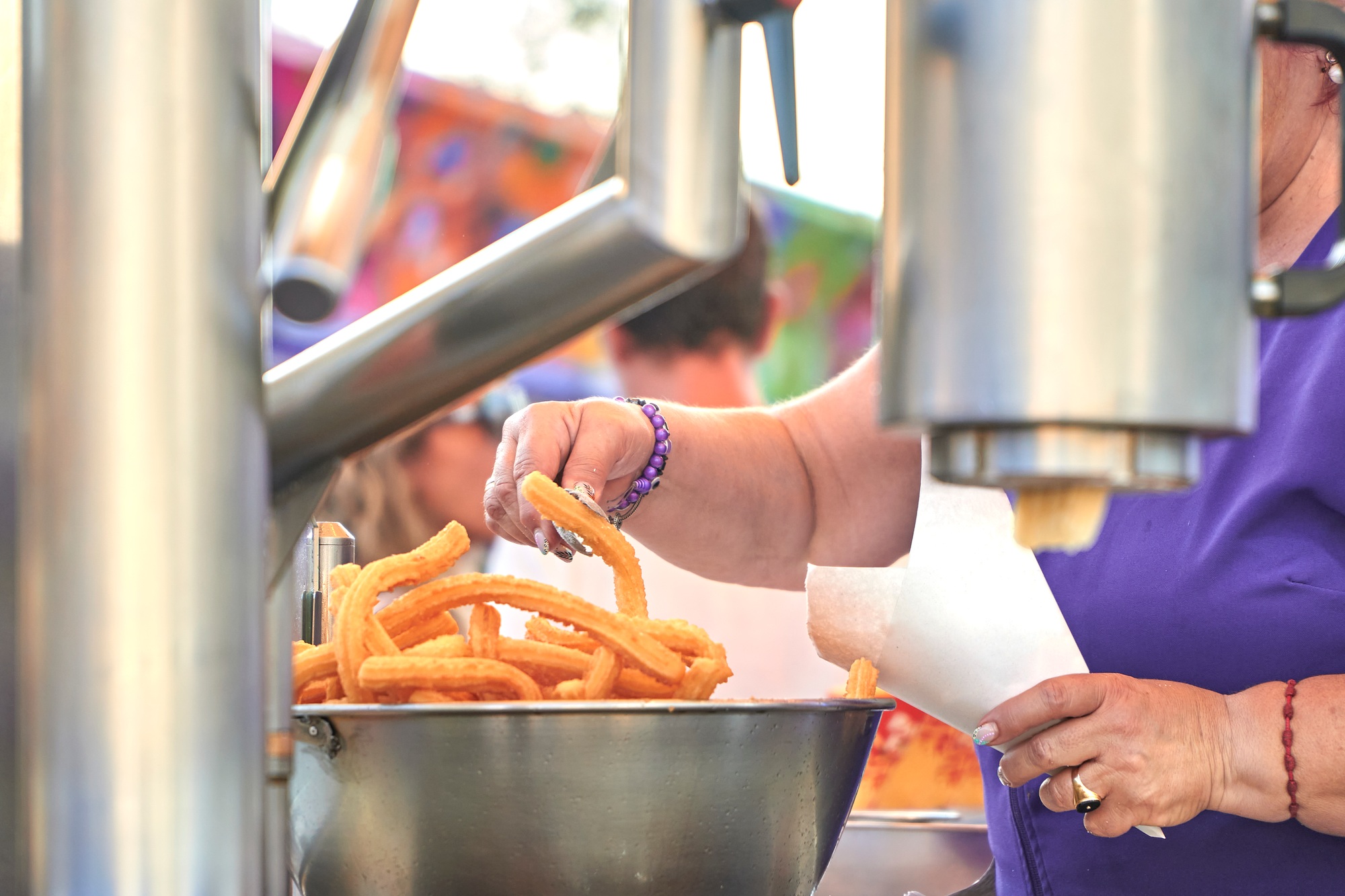
- Conduct Thorough Market Research: Understand local trends, preferences, and competition to shape your food truck concept effectively.
- Create a Comprehensive Business Plan: Outline financial projections, operational needs, and marketing strategies to guide your food truck journey and secure funding.
- Obtain Required Permits and Licenses: Navigate legal requirements, including business licenses and health permits, to ensure compliance and operational success.
- Invest in Quality Equipment: Choose the right food truck equipment tailored to your menu to enhance efficiency and service quality.
- Develop an Engaging Menu: Craft a unique and appealing menu that resonates with your target audience while highlighting signature dishes.
- Utilize Effective Marketing Strategies: Leverage online presence and social media to build customer relationships and enhance visibility within the competitive food truck industry.
Thinking about starting a food truck business? You’re not alone. The food truck industry has exploded in popularity, offering a unique blend of culinary creativity and entrepreneurial spirit. With lower startup costs compared to traditional restaurants, it’s an enticing option for aspiring chefs and business owners alike.
How to Start a Food Truck Business

Starting a food truck business involves several key steps to ensure success in the competitive food truck industry.
- Conduct Market Research
- Develop a Comprehensive Business Plan
- Register Your Business and Obtain Required Permits
- Choose the Right Food Truck Equipment
- Design Your Unique Logo and Branding
- Plan Your Menu
- Set Up Your Initial Inventory
- Secure Funding
- Streamline Operations
- Food Truck Purchase or Lease: The cost of a food truck ranges from $40,000 to $150,000. Prices depend on factors like purchase of new versus used trucks and necessary repairs.
- Equipment and Supplies: Initial investments in kitchen equipment, cooking supplies, utensils, and storage solutions contribute significantly to overall startup costs.
- Fuel and Maintenance: Monthly fuel expenses typically average around $500. Maintenance costs for upkeep also warrant consideration, affecting ongoing expenditures.
- Insurance: Monthly insurance premiums approximate $540. Expenses differ based on factors such as location, workforce size, and annual revenue projections.
- Personal Savings: Utilizing savings offers a straightforward approach to finance initial expenses without accruing debt.
- Loans: Small business loans through banks, credit unions, or online lenders facilitate access to necessary capital. Be prepared with a solid business plan that includes financial projections to improve approval rates.
- Investors: Attracting private investors contributes vital funds. Ensure your business plan effectively communicates your food truck concept and potential returns.
- Crowdfunding: Platforms such as Kickstarter fund your food truck endeavor by connecting with individuals who believe in your vision.
- Grants: Investigate local or state grants specifically designed for food trucks within the food truck industry. These funds typically require detailed project proposals.
- Plan Before Purchase: Visualize your design before acquiring the truck. This strategy ensures the structure accommodates your equipment and workflow.
- Kitchen Layout: Design the kitchen layout according to your menu. Position crucial cooking equipment like grills, ovens, and sinks to streamline operations and enhance safety.
- Cooking Equipment: Invest in high-quality cooking equipment that matches your food truck concept. Essential items may include fryers, ovens, and refrigerators.
- POS System: Implement a reliable POS system for efficient transactions. An effective system improves customer service and streamlines payment processes.
- Initial Inventory: Stock necessary supplies, including food ingredients and disposables. Maintain a balance to meet customer demand while controlling costs.
- Logo Design: Develop a memorable logo that represents your food truck brand. Ensure it resonates with your target audience while promoting brand recognition.
- Color Scheme: Choose an appealing color scheme that reflects your food truck’s theme. Bright and engaging colors draw attention, encouraging hungry customers to stop by.
- Menu Display: Design a clear and attractive menu display. Displaying menu items prominently helps customers make quick decisions and enhances their overall experience.
Analyze the local food truck market. Identify trends and preferences within your target audience. Gather insights on competitors and discover popular food concepts to form a solid foundation for your food truck concept.
Create a detailed food truck business plan. Include sections on financial projections, startup costs, menu ideas, and customer base. A well-structured business plan guides your operations and helps secure funding. Outline your operational needs and necessary permits.
Register your food truck business and secure a business license. Research state and local regulations, including the mobile food facility permit specific to your jurisdiction. Verify parking permits for operational locations, ensuring compliance with local laws.
Select essential food truck equipment tailored to your menu offerings. Invest in quality cooking equipment, a reliable POS system, and efficient food preparation tools. Consider purchasing a used truck to minimize upfront costs while meeting your operational needs.
Create an eye-catching logo design that reflects your food truck’s theme and menu. Invest time in brand identity to attract hungry customers. Consistent branding across all platforms improves visibility within the food truck scene.
Develop a concise and appealing menu that speaks to your target audience. Highlight signature dishes and ensure that offerings can be prepared efficiently in the limited space available on a food truck.
Purchase initial inventory based on your planned menu. Source ingredients locally whenever possible, ensuring freshness while supporting the community.
Explore financing options to cover startup costs. Consider small business loans, investors, or even crowdfunding to raise capital for your food truck dream.
Implement systems to streamline operations. Train staff on food safety standards and customer service to ensure a smooth workflow. Prioritize efficiency to enhance customer satisfaction.
Each step contributes to building a successful food truck business. With detailed planning and execution, you position yourself for a rewarding venture in the growing food truck industry.
Step 1: Research and Planning

Starting a food truck business requires thorough research and planning. Understanding the food truck industry and knowing your target market form the foundation of your venture.
Understanding the Food Truck Industry
Conduct thorough market research to analyze the food truck market in your area. Examine successful food trucks, popular locations, and trending menu items. Investigate both food trucks and brick-and-mortar restaurants to identify competition. Assess competitors’ offerings, target audiences, and potential gaps that your food truck concept can fill. Understanding these elements enables you to create a competitive advantage and address market challenges effectively.
Identifying Your Target Market
Define your target audience by considering demographics such as age, education, income, lifestyle, job status, and marital status. Analyze the community’s food preferences and dietary trends. This understanding ensures your menu appeals to hungry customers. Tailoring your offerings to meet the needs of specific demographic segments increases chances of success. Explore local events or gatherings where potential customers gather frequently, enhancing visibility and engagement.
Creating a Business Plan
Develop a comprehensive food truck business plan that outlines your operational needs, financial projections, and marketing strategies. Include sections detailing startup costs, initial inventory requirements, and necessary permits such as a mobile food facility permit. Address how to secure funding for purchasing a used truck and food truck equipment. A well-structured business plan serves as a roadmap for your food truck journey, guiding decisions and streamlining operations as you navigate the competitive landscape.
Step 2: Legal Requirements

Starting a food truck business involves navigating various legal requirements that ensure compliance and operational success. This section outlines essential licenses, permits, and regulations for running your food truck smoothly.
Obtaining Necessary Licenses and Permits
Business License: Obtain a business license from your state, county, and city. This license legitimizes your food truck operations. The registration process and costs vary by location.
Driver’s License: Secure a driver’s license for operating your food truck. Apply at your local DMV to ensure you meet the legal standards for driving motor vehicles.
Vehicle Registration for a Food Truck: Register your food truck to confirm it meets state emissions standards. The local DMV handles this process.
Food Handler’s Permit: Obtain a food handler’s permit for all staff handling food. This certification ensures proper training in food safety.
Health Department Permit: Pass a health inspection to receive a health department permit. This inspection confirms your food truck meets sanitary standards to protect your customer base.
Understanding Health and Safety Regulations
Follow Safety Guidelines: Familiarize yourself with local health and safety regulations that govern food preparation and serving. Compliance ensures the health of your customers and helps avoid legal issues.
Implement Proper Cleaning Procedures: Maintain cleanliness in your food truck by establishing regular cleaning schedules and protocols. This practice is crucial for ongoing inspections and customer trust.
Check Food Storage Requirements: Adhere to guidelines on food storage to prevent spoilage and contamination. Ensure that your cooking equipment and refrigerated storage comply with health regulations.
Setting Up Your Business Structure
Choose a Business Structure: Select a legal structure for your food truck business, such as a sole proprietorship, partnership, or LLC. Each structure affects your taxes and liability.
Register Your Business: Register your chosen business structure with the appropriate state agency. This step formalizes your food truck operations within the food truck market.
Establish an Accounting System: Create an accounting system to manage your finances effectively. Use a POS system that tracks sales and helps with financial projections, ensuring you maintain an organized business.
By addressing these legal requirements, you position your food truck for operational success, allowing you to focus on delivering quality food to hungry customers.
Step 3: Financing Your Food Truck
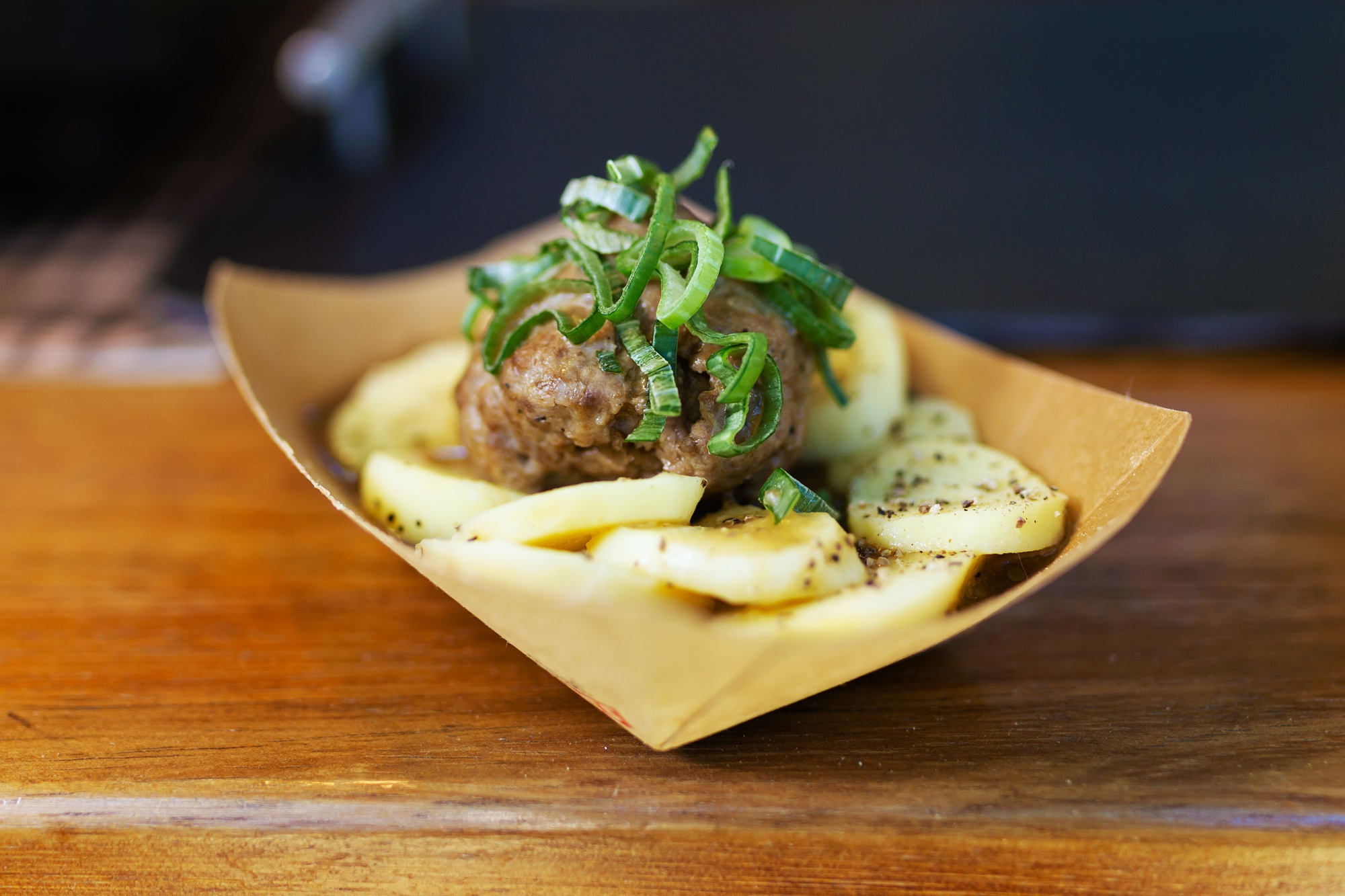
Financing the food truck business involves precise calculations and strategic planning. Effectively estimating startup costs and exploring funding options lays a strong foundation for your food truck journey.
Estimating Start-Up Costs
Estimating startup costs is essential for building a successful food truck business. Several key expenses must be accounted for:
Here’s a summary of estimated startup costs:
| Expense Category | Estimated Cost Range |
|---|---|
| Food Truck Purchase or Lease | $40,000 – $150,000 |
| Equipment and Supplies | Variable |
| Fuel and Maintenance | $500/month |
| Insurance | $540/month |
Exploring Funding Options
Exploring funding options supports your food truck dream effectively. Several paths exist to secure funding for your venture:
Align your funding strategy with startup costs to solidify the financial backbone of your food truck business.
Step 4: Designing Your Food Truck

Designing your food truck involves careful planning and strategic choices to create an efficient and attractive mobile food facility. Focus on the layout, equipment, and design elements to ensure a successful food truck business.
Choosing the Right Layout
Selecting the right layout for your food truck is crucial. A well-planned layout optimizes food preparation and operational needs, contributing to efficiency and staff happiness. Prioritize these key aspects:
Selecting Equipment and Supplies
Choosing the appropriate food truck equipment significantly impacts your service quality. Determine essential items based on your menu and operational needs. Consider these aspects:
Creating an Eye-Catching Design
Designing an eye-catching food truck is essential for attracting customers. A unique and attractive design enhances visibility within the competitive food truck scene. Focus on these elements:
Step 5: Developing Your Menu

Crafting a compelling menu serves as a foundation for your food truck business. Focus on creating unique food offerings that attract and satisfy your target audience.
Crafting Unique Food Offerings
Develop food items that align with your food truck concept and resonate with your customer base. Consider popular culinary trends while ensuring that your offerings fit within your limitations, such as kitchen space and equipment. Highlight distinct flavors and presentation styles that set your food apart from competitors. For example, consider blending cultural cuisines or offering customizable meal options to engage hungry customers effectively.
Pricing Your Menu Items
Establish competitive yet profitable pricing for your menu items. Calculate costs based on ingredient sourcing, preparation time, labor, and overheads. Analyze similar food truck menus in the food truck market to determine appropriate price points. Aim to offer solid value while ensuring that prices remain attractive to your customer base. For instance, consider packaging special deals or combos to boost sales and enhance customer satisfaction.
Sourcing Ingredients
Identify reliable suppliers who provide quality ingredients at affordable prices. Prioritize sourcing local and seasonal ingredients to promote freshness and sustainability, which can resonate positively with the community. Create relationships with farmers and wholesale distributors to streamline supplies and reduce costs. Establishing an efficient sourcing strategy contributes to operational needs and ensures the availability of menu items. Make sure to comply with any necessary permits related to ingredient sourcing for your mobile food facility.
Step 6: Marketing Your Food Truck
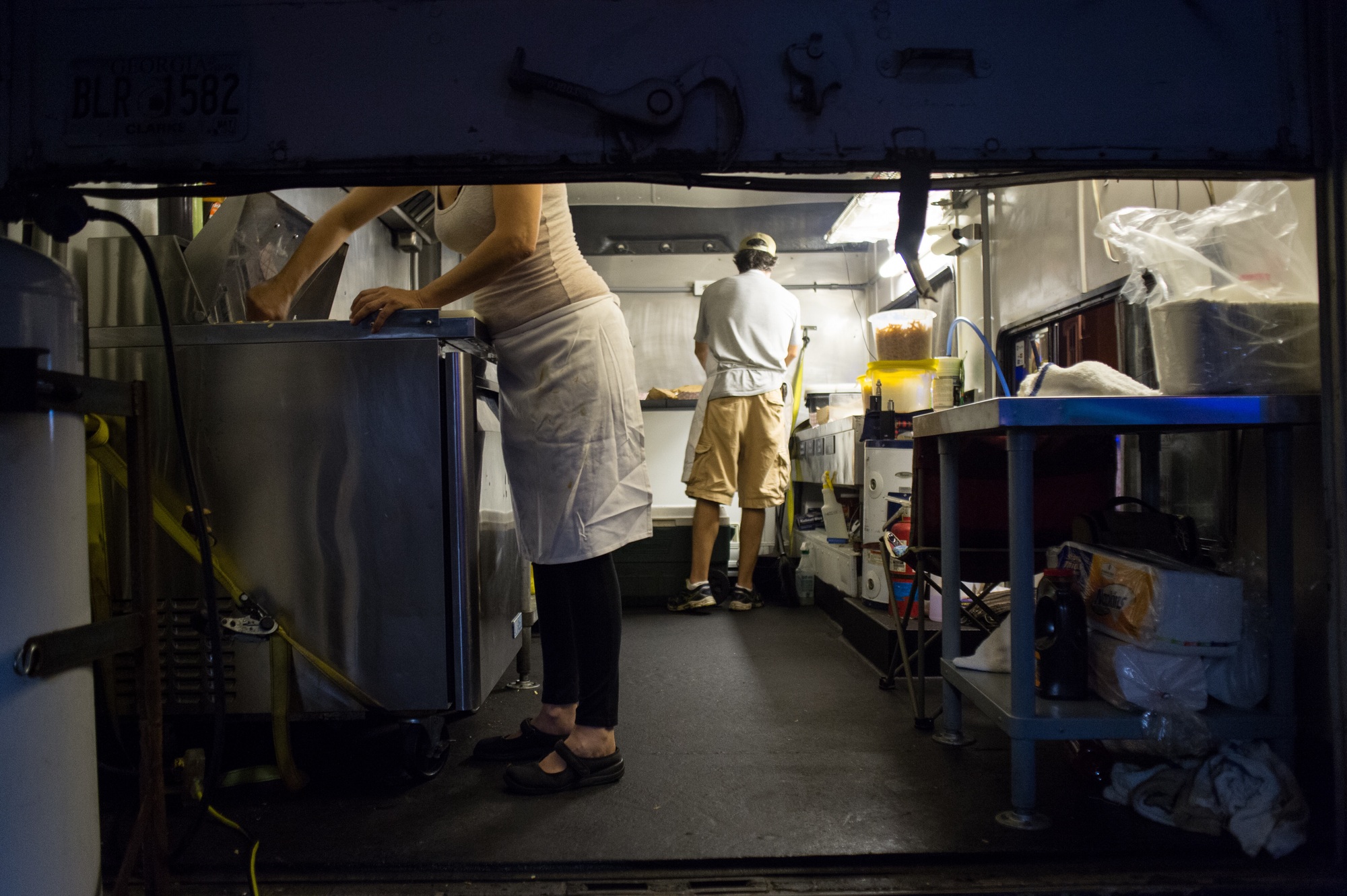
Effective marketing strategies play a vital role in the success of a food truck business. Focus on building your online presence, utilizing social media, and networking with local businesses to expand your reach.
Building an Online Presence
Creating a professional website is essential for your food truck business. Your site should showcase your menu, provide contact details, and list the schedule and locations where the truck operates. This online hub serves as a platform for communicating your brand values and mission, attracting hungry customers. Regularly updating this website will also include important information on events and promotions, enhancing your visibility in the competitive food truck market.
Utilizing Social Media
Select appropriate social media platforms that align with your target audience. Platforms like Instagram and Facebook allow you to post engaging content, including food photos, daily locations, and special events. Ensure that your posting style adapts to each platform’s characteristics. Use hashtags relevant to your food truck scene to increase discoverability. Frequent interaction with followers builds a loyal customer base and creates a community around your food truck concept.
Networking with Local Businesses
Forming partnerships with local businesses enhances your food truck’s presence and credibility. Collaborate with nearby brick and mortar restaurants for special events or catering services. Attend community events to promote your food truck and connect with other food truck owners and operators. Engaging with the local community establishes your food truck as a reputable option, making networking an excellent way to access new customer segments and create lasting relationships in the food truck industry.
Step 7: Launching Your Food Truck

Launching your food truck involves careful planning and execution of daily operations, selecting strategic locations, and fostering relationships with your customers.
Setting Up Your Daily Operations
Developing a business plan is critical. This plan outlines the food truck concept, target audience, competitors, pricing strategy, and financial projections. Stock food supplies thoroughly and prepare staff for operations on launch day. Hosting special activities or offering inaugural discounts can attract hungry customers and create excitement. Obtain necessary permits for operation, including the mobile food facility permit and business license required in your state. Following regulations ensures compliance and smooth operations.
Choosing Locations and Events
Selecting optimal locations and events significantly impacts your food truck success. Research popular areas with high foot traffic and events that align with your target audience. Utilize market analysis to identify potential spots for maximum exposure. Parking permits may be required depending on your area, so secure them timely. Collaborating with local events and festivals can also enhance visibility and draw a consistent customer base. Choose events where your unique offerings stand out to distinguish your food truck in the competitive food truck scene.
Building Customer Relationships
Building strong customer relationships strengthens your brand and encourages repeat business. Engage customers through social media platforms to promote your food truck and menu items effectively. Implementing a POS system allows for efficient transactions and can collect customer data for targeted marketing efforts. Attend community events and establish a local presence to connect with customers personally. Continuously gather feedback to improve offerings and tailor your menu based on customer preferences. Fostering relationships transforms one-time customers into loyal supporters of your food truck business.
Troubleshooting Common Issues
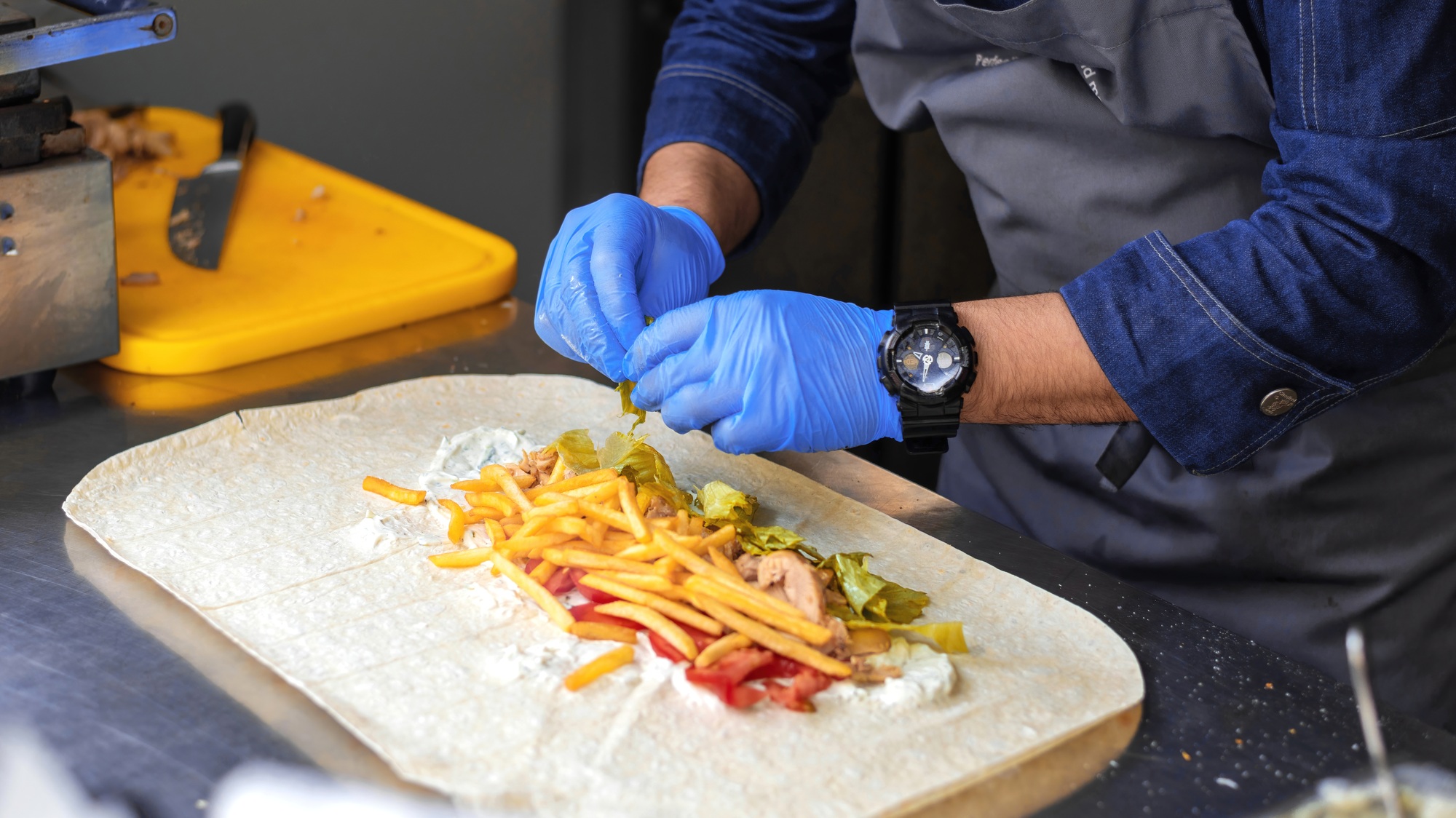
Addressing challenges in the food truck industry can enhance operations and improve customer satisfaction. Here are strategies to overcome common issues food truck owners face.
Handling Equipment Problems
Ensure regular maintenance of food truck equipment to prevent breakdowns during peak hours. Conduct weekly inspections to identify wear and tear. Investing in high-quality cooking equipment supports food preparation efficiency. Familiarize yourself with the user manuals of your equipment for troubleshooting common issues. Keep essential spare parts handy, such as filters and valves, to minimize downtime and reduce impact on sales.
Managing Slow Sales Days
Implement seasonal promotions to stimulate business during slow sales days and allure hungry customers. Analyze market research to identify popular menu items and adjust offerings accordingly. Organize special events or collaborations with local businesses to increase visibility. Consider diversifying the menu with limited-time items or changing locations to target new audiences. Utilize social media platforms to announce your presence and connect with the community, ensuring you attract customers even during quieter times.
Dealing with Customer Feedback
Actively seek and embrace customer feedback to refine your food truck concept. Create a simple survey available on your website or POS system to gather input on menu items, service quality, and overall experience. Respond promptly to reviews and suggestions, demonstrating commitment to improving service. Implement changes based on constructive feedback, fostering customer loyalty and attracting repeat business. Establishing a solid relationship with your customer base can lead to a thriving food truck business.
Conclusion
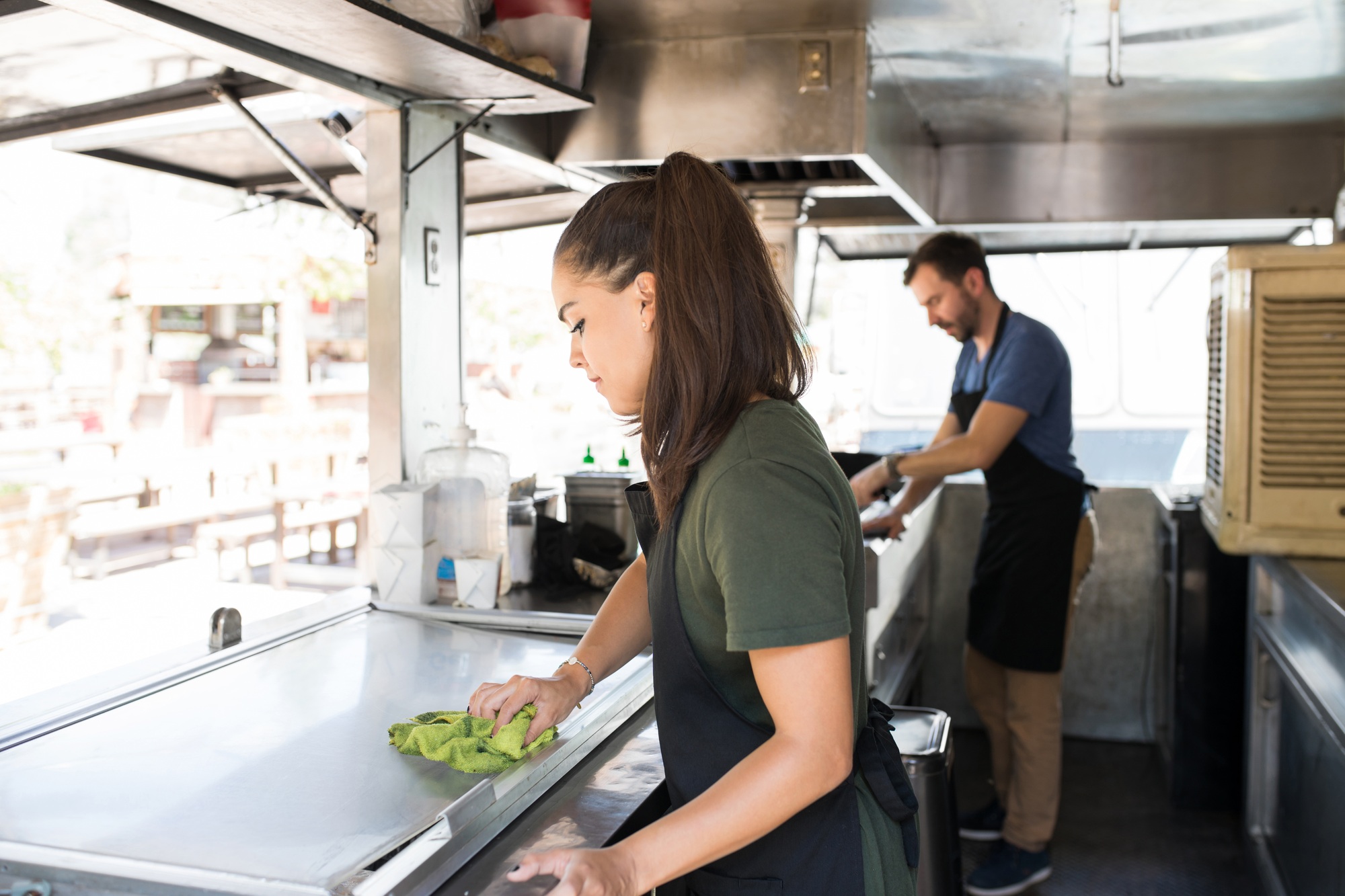
Starting a food truck business can be an exciting journey filled with opportunities. By following the essential steps outlined in this guide you can position yourself for success in a competitive market.
Focus on thorough research planning and creating a unique brand that resonates with your target audience. Remember to stay adaptable as you navigate challenges and embrace feedback to improve your offerings.
With dedication and a clear vision you can turn your food truck dream into a thriving reality. Get ready to hit the road and serve up delicious food to your community.
Frequently Asked Questions

What are the benefits of starting a food truck business?
Starting a food truck business offers lower startup costs compared to traditional restaurants, allowing aspiring chefs and entrepreneurs to enter the culinary world with reduced financial risk. It provides flexibility in location and menu options, and the ability to test different markets without the constraints of a fixed location.
What steps should I take to start a food truck?
To start a food truck, conduct market research, develop a comprehensive business plan, register your business, and obtain necessary permits. Select appropriate equipment, design branding, create a compelling menu, secure initial inventory and funding, and streamline your operations for efficiency.
What licenses do I need for a food truck?
Essential licenses for a food truck include a business license, driver’s license, vehicle registration, food handler’s permit, and health department permit. Understanding and complying with local health and safety regulations is also crucial for legal operation.
How much does it cost to start a food truck?
Startup costs for a food truck typically range from $40,000 to $150,000, which includes the purchase or lease of the truck, equipment, supplies, and insurance. Additional monthly expenses like fuel and insurance can add several hundred dollars to ongoing costs.
What financing options are available for food trucks?
Food truck financing options include personal savings, small business loans, private investors, crowdfunding platforms, and local or state grants. It’s essential to align your funding strategy with your projected startup costs to ensure financial stability.
How should I design my food truck?
Design your food truck for operational efficiency and customer appeal. Consider the layout for food preparation, choose high-quality cooking equipment, and create an eye-catching exterior design with a memorable logo and clear menu display to attract customers.
How can I develop a successful menu for my food truck?
Craft a unique menu that resonates with your target audience while considering food trends and operational limitations. Price items competitively, prioritize quality ingredients from reliable suppliers, and establish strong supplier relationships to ensure a consistent menu offering.
What marketing strategies should I use for my food truck?
Build an online presence with a professional website and use social media platforms like Instagram and Facebook to engage customers. Networking with local businesses and participating in community events can also enhance visibility and credibility.
How do I launch my food truck?
To launch your food truck, develop a detailed business plan, stock food supplies, obtain necessary permits, and choose optimal locations with high foot traffic. Strong customer relationships through social media and community involvement are important for encouraging repeat business.
What should I do if I face challenges with my food truck?
Regular maintenance can help manage equipment issues. To boost slow sales, implement seasonal promotions, analyze trends, and diversify your menu. Actively seeking customer feedback will help you refine your offerings and improve customer satisfaction.
Image Via Envato: Wavebreakmedia, tonodiaz, frimufilms, AnnaStills, cocojohnson, gpointstudio, Sonyachny, nenetus, JR-50, YuriArcursPeopleimages, biasciolialessandro, Komuso_colorsandia



